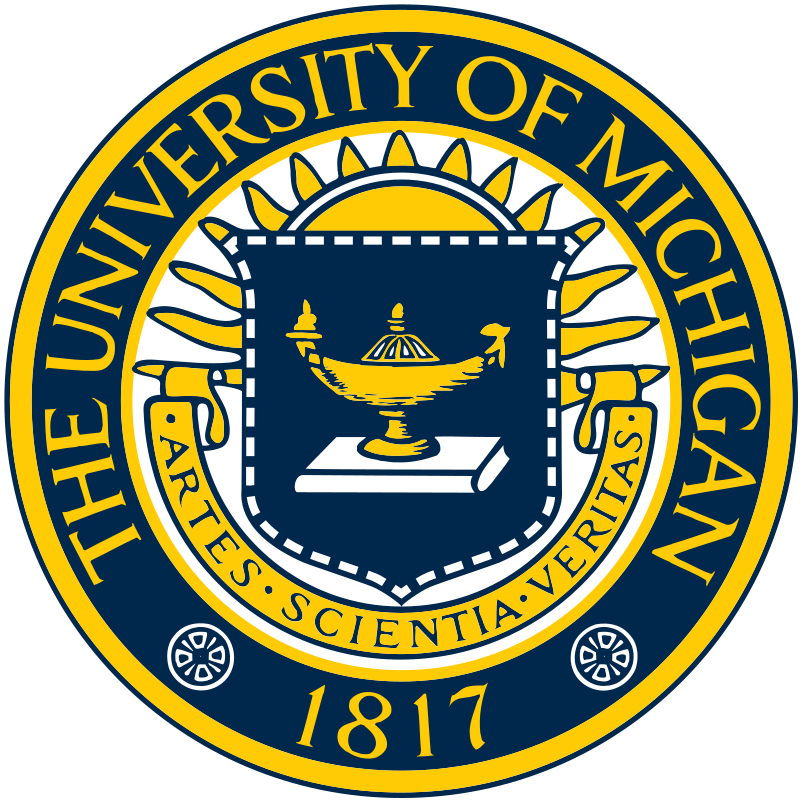Table of Contents
- General Information
- Vaccine Related Pathogen Genes
- Vaccine Information
- Ad41.MERS-S protein
- Ad5.MERS-S vaccine
- Ad5.MERS-S1 vaccine
- ChAdOx1-MERS-S vaccine
- GLS-5300 Vaccine
- Inactivated whole MERS-CoV (IV) vaccine with CpG and Alum
- MERS England S1 subunit protein vaccine
- MERS England1 S DNA + MERS England1 S protein subunit vaccine
- MERS England1 S DNA vaccine
- MERS-CoV pcDNA3.1-S1 DNA vaccine
- MERS-CoV S vaccine adjuvanted with CpG and Alum
- MERS-CoV VLP vaccine
- MERS-CoV-S rNTD vaccine
- MERS-CoV-S rRBD vaccine
- MVA-MERS-S vaccine
- MVvac2-CoV-N
- MVvac2-CoV-S
- MVvac2-CoV-solS
- RVΔP-MERS/S1
- VRP-MERS-N vaccine
- VRP-SARS-N vaccine
- VSVΔG-MERS vaccine
- References
| I. General Information | ||||
|

Loading Pathogen Genes...

Loading Host Genes...

Loading Vaccines...
Loading References...


